All beginners have common questions about painting. Here are some of the most common ones, answered for you.
- What kind of paint should I use? There are many types of paint available, including oil paint, acrylic paint, and watercolor paint. Each type has its own characteristics and is best suited for certain projects.
- What kind of brush should I use? There are many different types of brushes available, including round brushes, flat brushes, and fan brushes. The type of brush you choose will depend on the type of paint you are using and the effect you are trying to achieve.
- What kind of surface should I paint on? You can paint on a variety of surfaces, including canvas, paper, wood, and metal. Different surfaces may require different preparations or primers before painting.
- How do I mix colors? To mix colors, you can either blend two colors together on the palette or apply them next to each other on the canvas to create a new color.
- How do I create different effects with paint? There are many techniques you can use to create different effects with paint, such as layering, blending, dry brushing, and glazing. Experimenting with different techniques can help you achieve the look you want.
- How do I clean my brushes? It’s important to clean your brushes properly to extend their life and maintain their quality. After painting, rinse your brushes in water and use a brush cleaner or soap to remove any paint residue.
- How do I store my paint? Paint should be stored in a cool, dry place away from direct sunlight. Oil paint should be stored upright to prevent the paint from leaking out of the tube. Acrylic and watercolor paint can be stored flat.
Common Questions about Painting Style
Painters should strive to develop their own style, but it can help when learning to mimic the styles of the masters. Here are a few popular artists and examples of work that mimics their signature styles.
Vincent Van Gogh
Van Gogh is known for his bold, expressive brushstrokes and vivid use of color. His most famous works include “Starry Night” and “Sunflowers.”
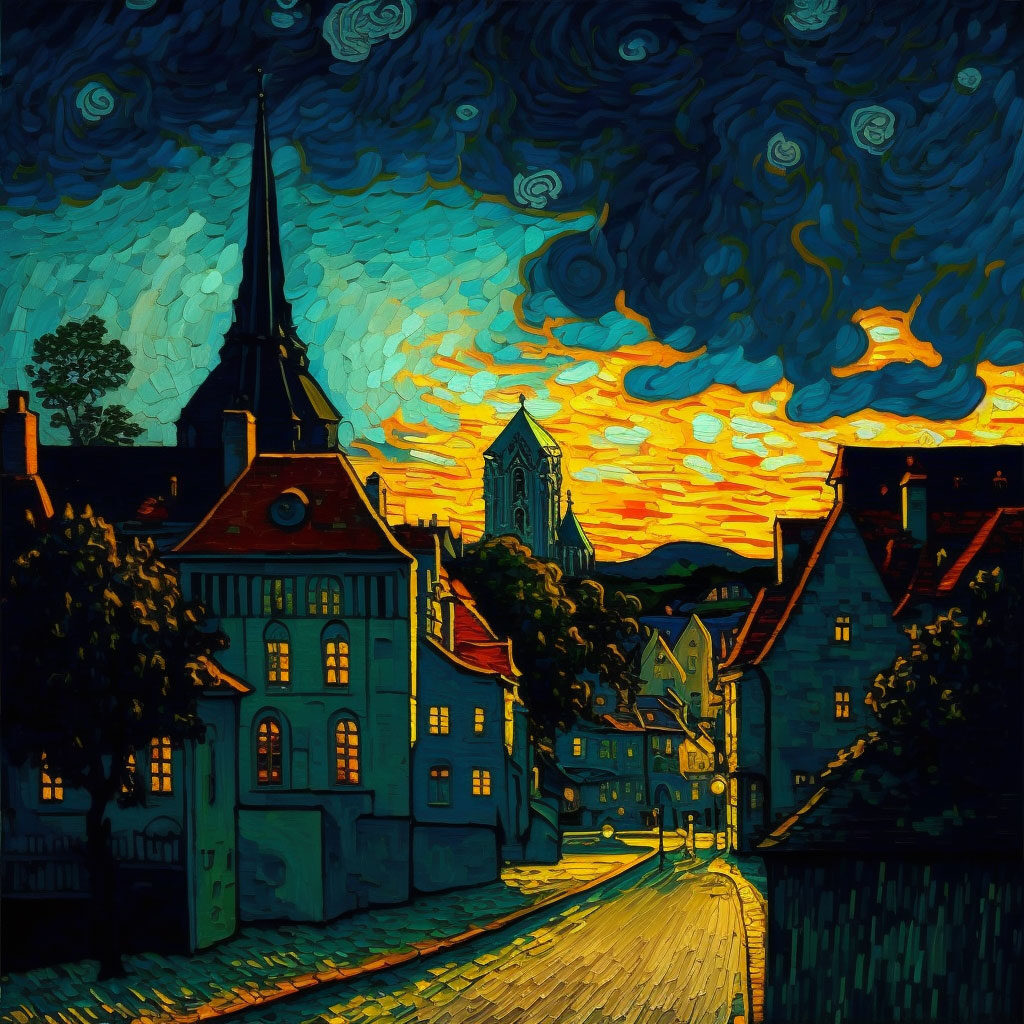
Vincent van Gogh was a Dutch post-impressionist painter known for his bold, expressive brushstrokes and vivid use of color. His painting style was characterized by thick, visible brushstrokes and a vibrant, expressive palette.
Van Gogh often used impasto, a technique in which paint is applied thickly to the canvas, to create texture and depth in his paintings. He was known for his use of bright, bold colors, often applied in broad strokes to create a sense of movement and emotion.
In addition to his use of color and brushwork, Van Gogh was known for his expressive, emotive compositions. He often used dramatic angles and distorted perspectives to convey a sense of energy and movement in his paintings.
Van Gogh’s painting style was deeply influenced by his emotional state and personal experiences. Many of his paintings depict his struggles with mental illness and his deep feelings of isolation and despair. However, even in his darkest moments, Van Gogh’s paintings are filled with a sense of energy and life, reflecting his enduring spirit and passion for art.
Claude Monet
Monet is known for his use of light and color in his paintings of landscapes and gardens. His most famous works include “Impression, Sunrise” and “The Water Lily Pond.”
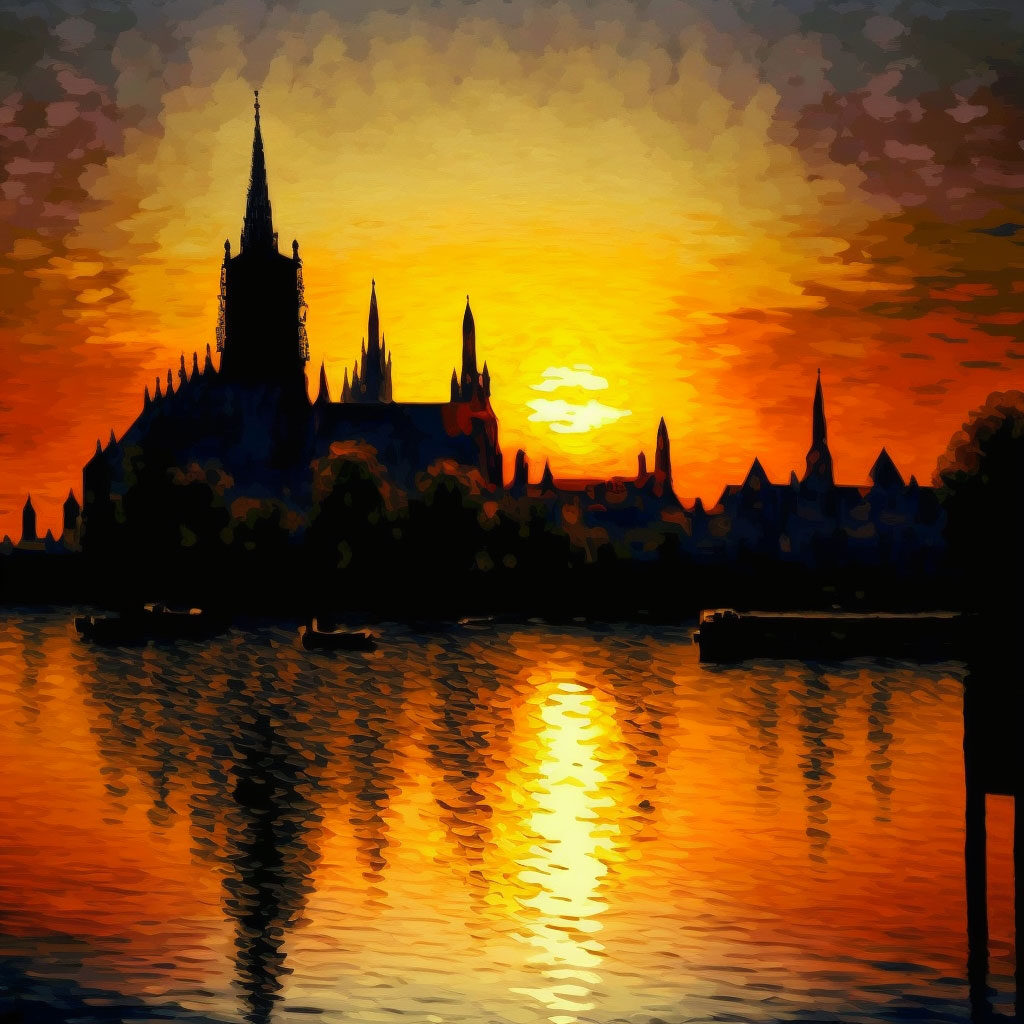
Claude Monet was a French impressionist painter known for his use of light and color in his paintings of landscapes and gardens. His painting style was characterized by his use of bright, vibrant colors and loose, expressive brushstrokes.
Monet was known for his ability to capture the fleeting effects of light and atmosphere in his paintings. He often painted outdoors, directly from nature, and used his brushstrokes and color choices to convey the mood and feeling of a particular place and time.
Monet’s paintings are characterized by their bright, vibrant palette and loose, expressive brushwork. He used a range of colors, including bright greens, yellows, and blues, to capture the effects of sunlight and shadows on his subjects.
In addition to his use of color and brushwork, Monet was known for his innovative compositions. He often used unconventional angles and viewpoints to create a sense of movement and energy in his paintings.
Monet’s painting style is characterized by his ability to capture the beauty and majesty of the natural world through his use of light, color, and brushwork. His paintings are beloved for their beauty and their ability to convey the mood and atmosphere of a particular place and time.
Salvador Dali
Dali is known for his surrealist paintings, which often feature strange and dreamlike imagery. His most famous works include “The Persistence of Memory” and “The Surrealist Woman.”

Salvador Dali was a Spanish surrealist painter known for his strange and dreamlike imagery. His painting style was characterized by his use of irrational and unexpected elements, combined with meticulous attention to detail.
Dali’s paintings often feature strange, surrealistic imagery, such as melting watches, distorted objects, and dreamlike landscapes. He used a range of techniques, including distortion, exaggeration, and juxtaposition, to create a sense of disorientation and unease in his paintings.
In addition to his use of surrealistic imagery, Dali was known for his meticulous attention to detail. He often spent hours or even days working on a single painting, adding layers of detail and texture to create a sense of depth and realism.
Dali’s painting style was also characterized by his use of bright, bold colors and strong lines and shapes. He often used bright, vibrant colors to contrast with the strangeness of his subject matter, creating a sense of contrast and tension.
Dali’s painting style is characterized by his use of irrational and unexpected elements, combined with his meticulous attention to detail and use of bold, vibrant colors. His paintings are known for their strangeness and dreamlike quality.
Frida Kahlo
Kahlo is known for her self-portraits, which often depict her emotions and experiences. Her most famous works include “The Broken Column” and “The Two Fridas.”
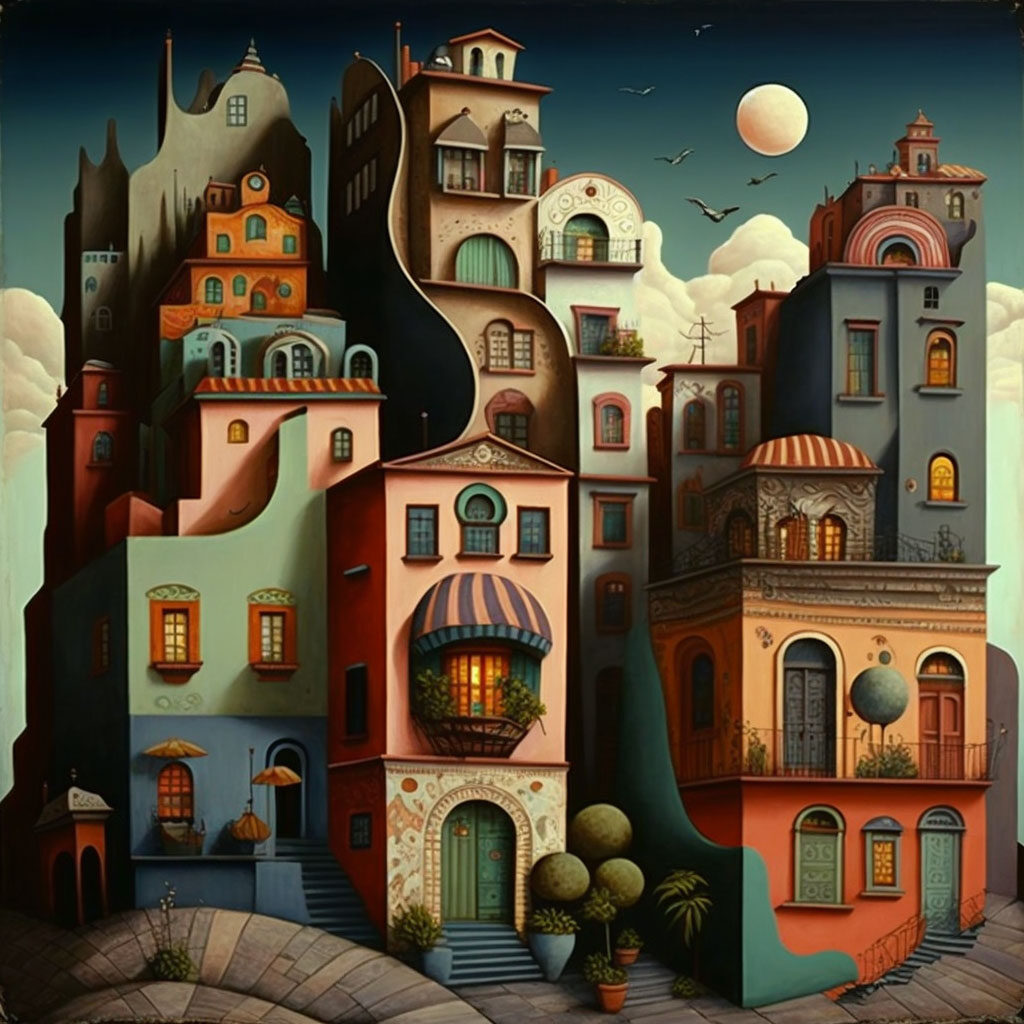
Frida Kahlo was a Mexican painter known for her self-portraits, which often depicted her emotions and experiences. Her painting style was characterized by her use of vibrant, bold colors and expressive brushwork.
Kahlo’s paintings often featured bright, bold colors, including reds, oranges, and yellows, which she used to convey emotion and intensity. She also used expressive brushstrokes, applying the paint thickly to the canvas to create texture and depth.
In addition to her use of color and brushwork, Kahlo was known for the strong emotional content of her paintings. Many of her self-portraits depict her personal struggles, including her experiences with illness and injury, as well as her cultural identity as a Mexican woman.
Kahlo’s painting style was also influenced by her interest in Mexican culture and her pride in her indigenous heritage. Many of her paintings feature elements of Mexican folklore and traditions, and she often incorporated traditional Mexican motifs and symbols into her work.
Kahlo’s painting style is characterized by her use of vibrant, bold colors, expressive brushwork, and strong emotional content. Her paintings are known for their honesty and emotional depth.
Pablo Picasso
Picasso is known for his innovative use of form and his contributions to the development of cubism. His most famous works include “Guernica” and “The Old Guitarist.”
Pablo Picasso was a Spanish painter and sculptor known for his innovative use of form and his contributions to the development of cubism. His painting style was characterized by his use of geometric shapes, distorted perspectives, and his ability to convey emotion and movement.
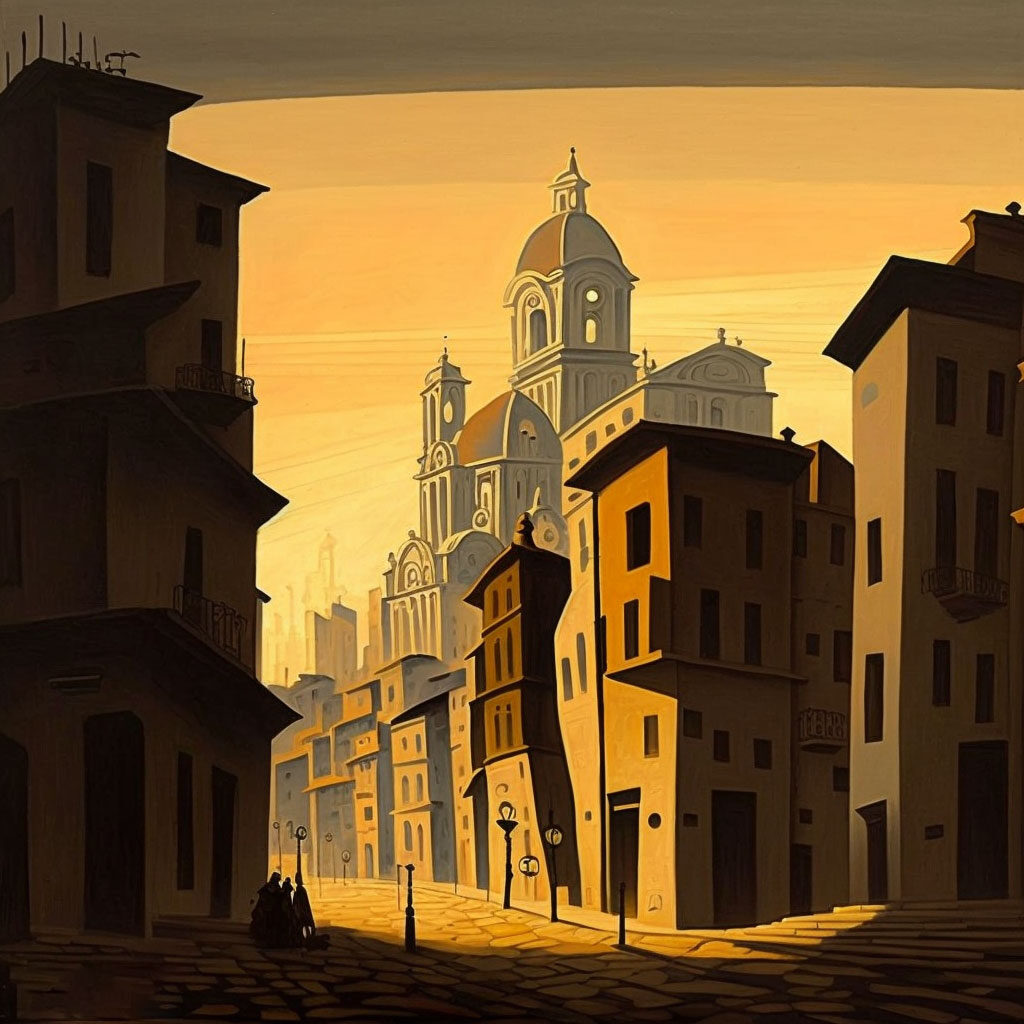
Picasso is best known for his cubist paintings, which broke down objects and figures into geometric shapes and rearranged them in unconventional ways. He used these shapes and distorted perspectives to create a sense of movement and energy in his paintings.
In addition to his use of form and distortion, Picasso was known for his expressive brushwork and his use of vibrant, bold colors. He often used thick, visible brushstrokes to create texture and depth, and his paintings are characterized by their bold, vibrant palette.
Picasso’s painting style was also influenced by his interest in Surrealism and his desire to explore the unconscious mind. Many of his paintings feature irrational and unexpected elements, and he was known for his ability to convey emotion and meaning through his use of color, form, and brushwork.
Picasso’s painting style is characterized by his innovative use of form, expressive brushwork, and his use of vibrant, bold colors. His paintings are known for their energy and emotional depth.
Rembrandt
Rembrandt is known for his masterful use of light and shadow in his portraits and landscapes. His most famous works include “The Night Watch” and “The Jewish Bride.”
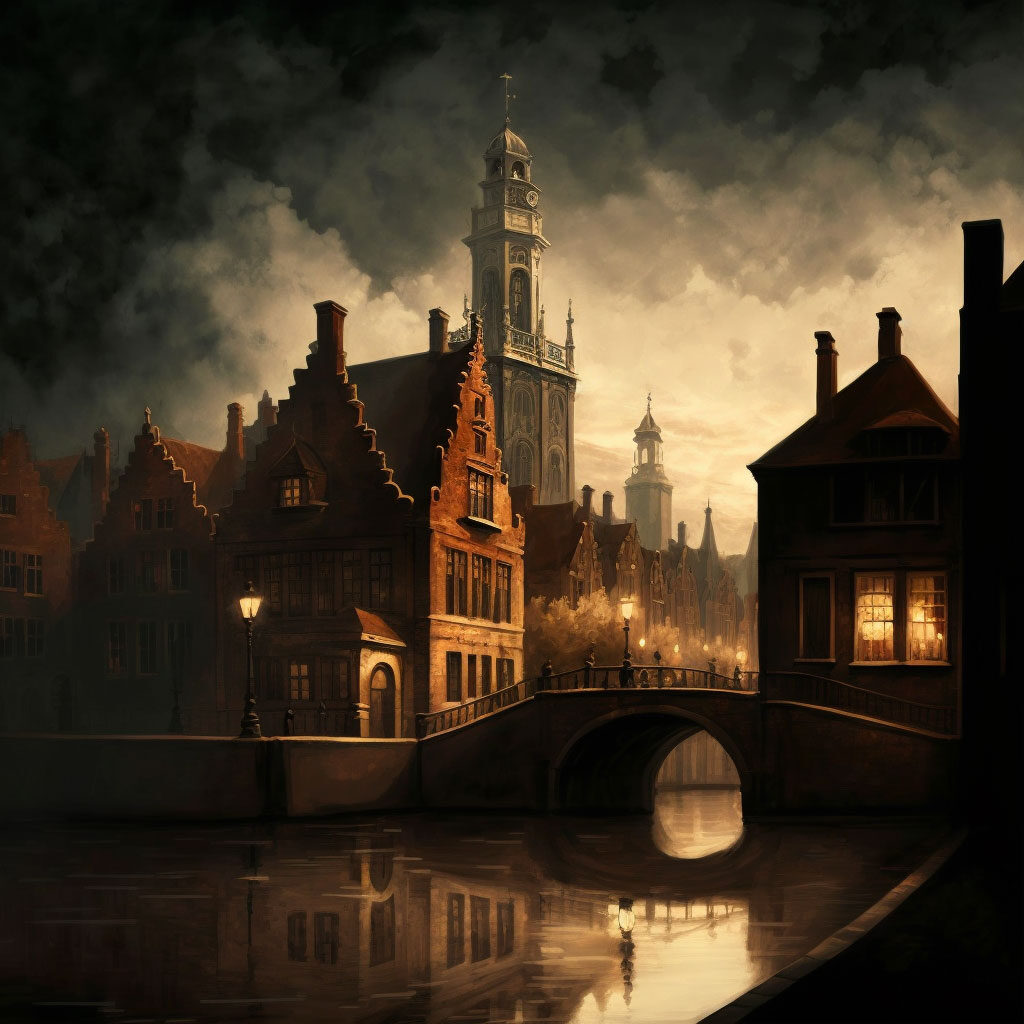
Rembrandt was a Dutch painter known for his masterful use of light and shadow in his portraits and landscapes. His painting style was characterized by his use of dramatic contrasts and his ability to convey a sense of depth and atmosphere.
Rembrandt was known for his use of chiaroscuro, a technique in which light and shadow are used to create a sense of depth and volume. He often used strong contrasts of light and dark to create a sense of drama and atmosphere in his paintings.
In addition to his use of light and shadow, Rembrandt was known for his expressive brushwork and his ability to convey a sense of emotion and character in his portraits. He often used thick, visible brushstrokes to create texture and depth, and was skilled at capturing the subtle nuances of his subjects’ expressions.
Rembrandt’s painting style was also characterized by his use of rich, warm colors and his ability to convey a sense of atmosphere and mood. Many of his paintings have a sense of intimacy and introspection, and he was able to capture the inner lives of his subjects with great sensitivity and insight.
Rembrandt’s painting style is characterized by his masterful use of light and shadow, expressive brushwork, and his ability to convey emotion and atmosphere. His paintings are known for their dramatic intensity and emotional depth.
Georges Seurat
Seurat is known for his pointillist style, in which he used tiny dots of color to create images. His most famous work is “A Sunday Afternoon on the Island of La Grande Jatte.”
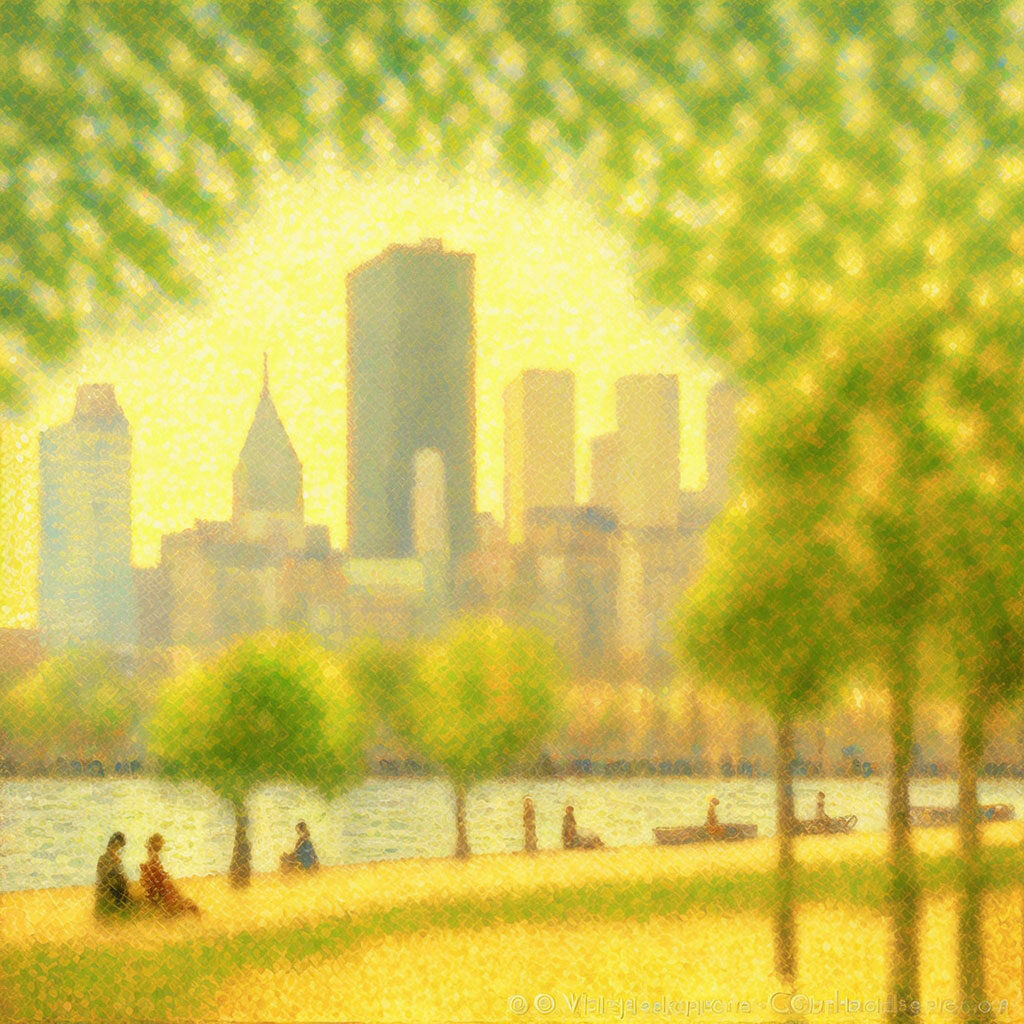
Georges Seurat was a French painter known for his pointillist style, in which he used tiny dots of color to create images. His painting style was characterized by his precise, meticulous technique and his ability to convey a sense of atmosphere and mood.
Seurat’s pointillist paintings are created by applying small, closely spaced dots of color to the canvas. These dots are applied in a specific pattern and blend together to create the overall image. Seurat’s pointillist technique was designed to create a sense of harmony and balance in his paintings, as well as to capture the effects of light and atmosphere.
In addition to his pointillist technique, Seurat was known for his use of color and his ability to convey a sense of atmosphere and mood. He often used bright, vibrant colors to create a sense of energy and movement, and his paintings are characterized by their luminous quality.
Seurat’s painting style was also influenced by his interest in science and his desire to create a scientific approach to art. He was known for his precise, meticulous technique and his use of scientific principles, such as the theories of color harmony, to create his paintings.
Seurat’s painting style is characterized by his pointillist technique, his use of color, and his ability to convey a sense of atmosphere and mood. His paintings are known for their luminous quality and their precise, meticulous technique.
Henri Matisse
Matisse is known for his colorful, expressive paintings and his use of strong lines and shapes. His most famous works include “The Red Studio” and “The Dance.”
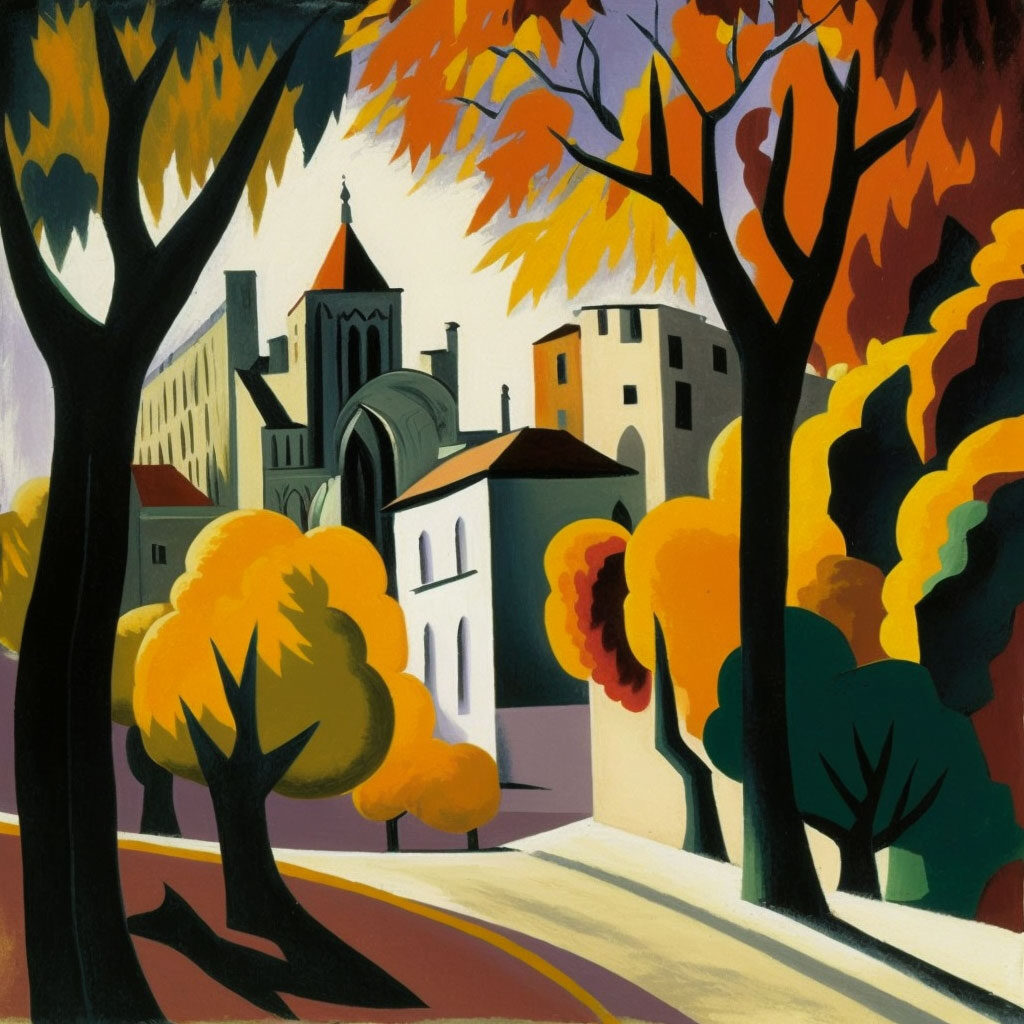
Henri Matisse was a French painter known for his colorful, expressive paintings and his use of strong lines and shapes. His painting style was characterized by his use of vibrant, bold colors and his ability to convey emotion and movement.
Matisse was known for his use of bright, vibrant colors, which he often applied in broad, expressive brushstrokes. He used a range of colors, including reds, yellows, and blues, to create a sense of energy and movement in his paintings.
In addition to his use of color, Matisse was known for his use of strong lines and shapes to create a sense of structure and organization in his paintings. He often used bold, geometric shapes to create a sense of balance and harmony, and was skilled at using negative space to create a sense of depth and movement.
Matisse’s painting style was also influenced by his interest in Fauvism, a movement that focused on the use of bright, expressive colors. Many of his paintings feature bold, vibrant colors and expressive brushwork, and are known for their ability to convey emotion and movement.
Matisse’s painting style is characterized by his use of vibrant, bold colors and strong lines and shapes. His paintings are known for their expressive energy and their ability to convey emotion and movement.
